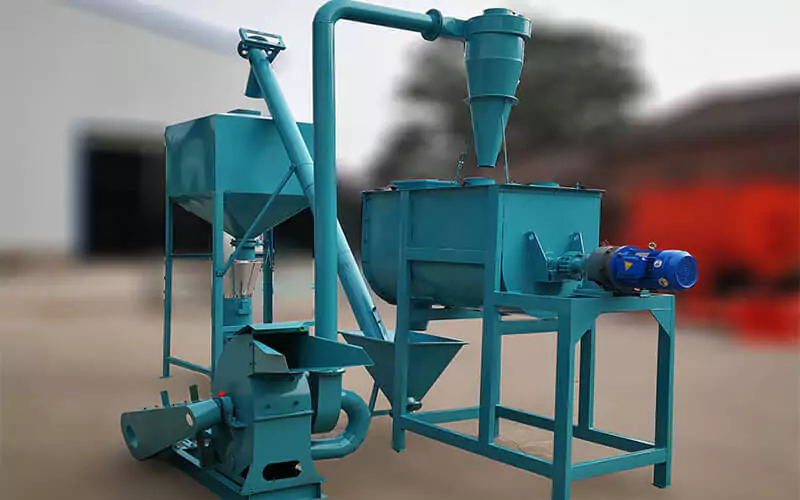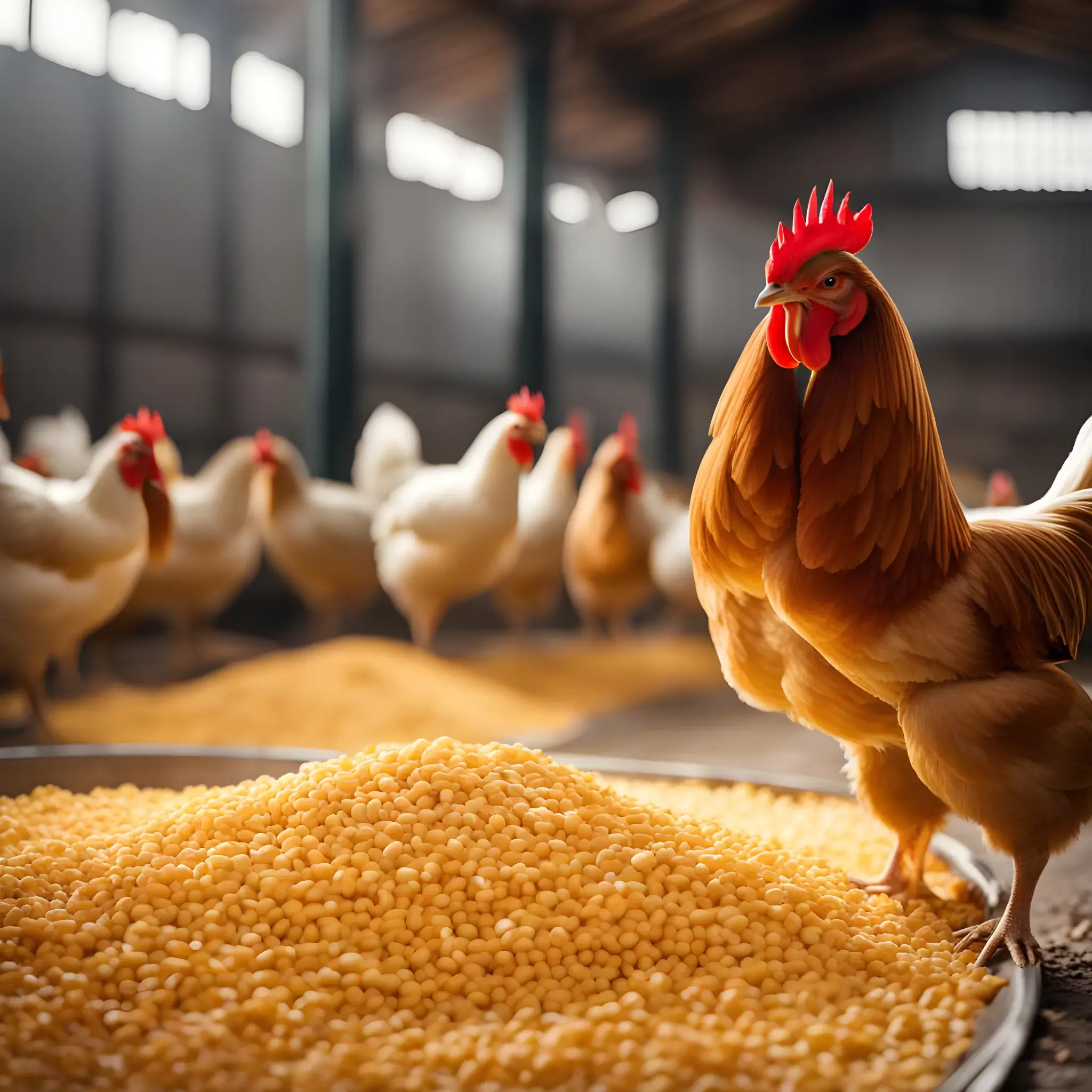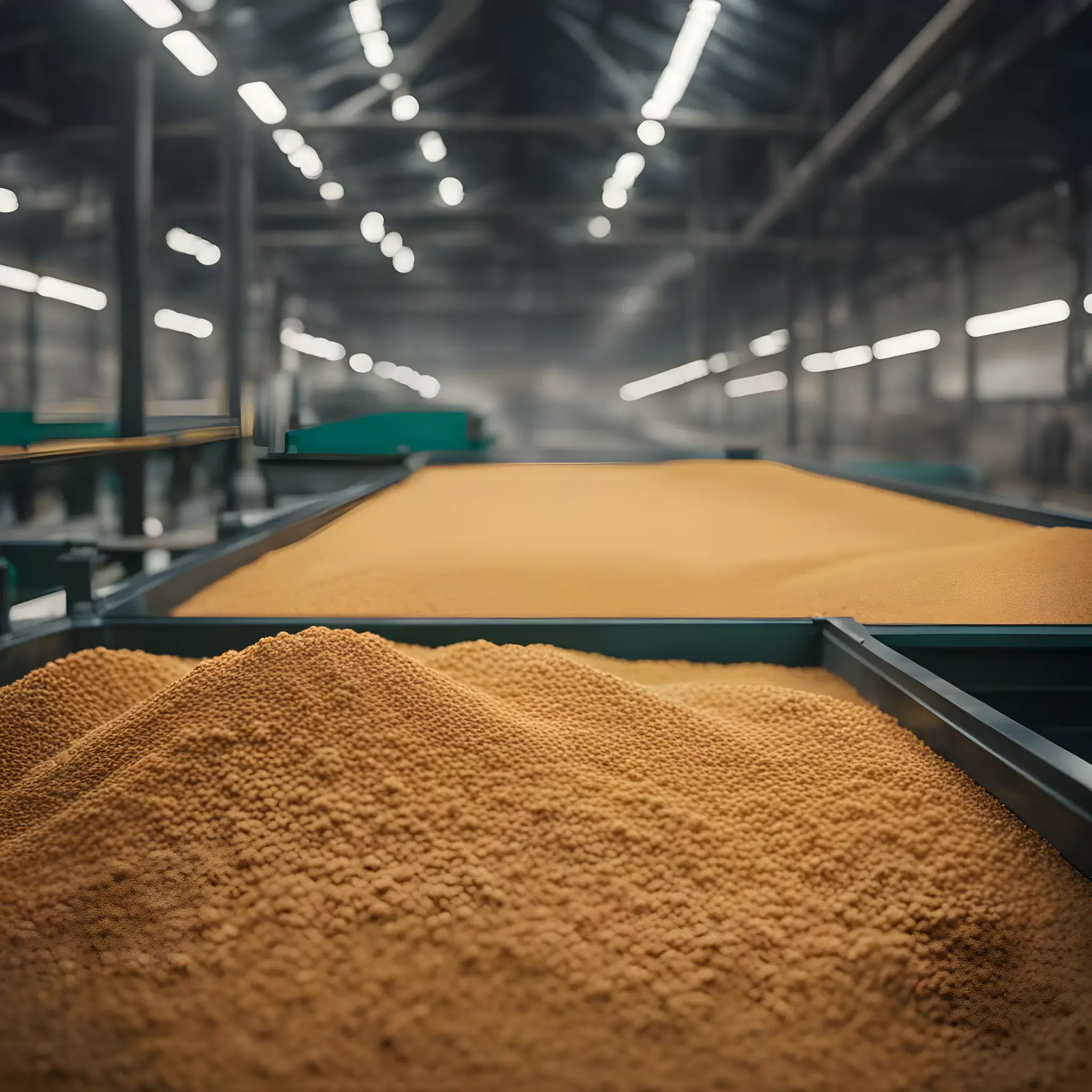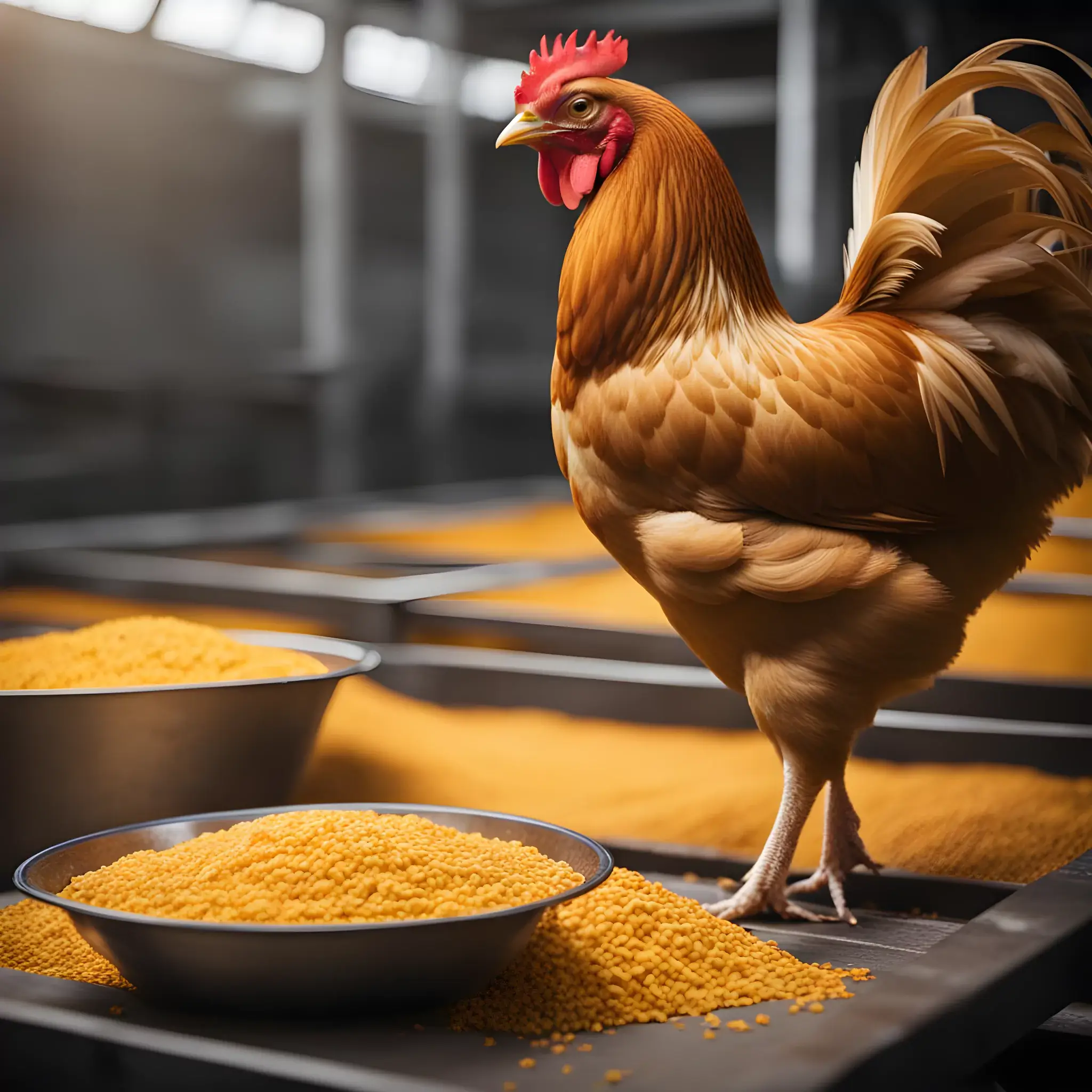
| Price | 2000-80000 USD |
| Delivery Time | 20-25 days |
| Available | In Stock |
| Package | In Free Fumigation Wood Box |
| Guarantee | 1 Year |
| Shipping | By Sea or By Air |
| Payment Method | Wire Transfer or Western Union |
| Brand | Victor |
Product Overview
| Production Output | 0.5-15 t/h |
| Power | Electric motor |
| Voltage | 110-415V |
| Raw Materials | Cereal, corn, wheat, barley, soybean, oil seed meal, fish meal, bone meal, grass meal, hay meal, etc |
| Type | flat die type and ring die type |
| Final Pellet Size | 0.9-10 mm |
| Application | animal food and poultry food |
| Used For | chicken feed production |
Introduction of Chicken Feed Plant
You see the high prices of commercial chicken feed and think, “There must be a good profit in making this stuff.” But then you see the price of the machinery and ask the real question: Is starting a chicken feed pellet plant actually a profitable business? The answer is yes, but only if you do your homework.
What is a Chicken Feed Pellet Plant?
It’s easy to think of a chicken feed making plant as just one big machine, but the reality is much smarter. A true chicken feed pellet plant is a complete, connected system. Think of it as a well-trained team where each machine is a specialist with a specific job.
From the chicken feed grinder that breaks down your corn to the chicken feed mixer that blends the vitamins, and from the pellet mill that forms the feed to the cooler that hardens it, every machine works together in a seamless flow. This is the key difference between simple, small-scale pelleting and a full-scale plant. A plant is built for producing feed at a serious commercial level. It has more automation and gives you far greater control over the final quality of every single pellet you produce.
chicken feed pellet plant video
The “Revenue” Side of the Equation: How Your Plant Makes Money
A chicken feed plant generates value in two primary ways.
- Revenue Stream 1: Direct Cost Savings on Your Own Farm (Internal Revenue) This is the most common reason farmers invest. You are essentially paying yourself. You can calculate this key benefit with a simple formula: (Price of Commercial Feed per Ton – Your Production Cost per Ton) x Tons Used Annually = Your Annual Savings. This saving acts as a form of revenue for your business.
- Revenue Stream 2: Direct Sales to Other Farmers (External Revenue) This is the business opportunity. Once you are making enough feed for your own flock, you can sell your high-quality, fresh feed to other local poultry farmers. To do this, you need to analyze your local market to determine a competitive selling price.

Your Startup Investment
Before you make a single pellet, you have to cover the initial setup costs. This is your Capital Expenditure, or CAPEX.
- The Core Machinery Costs This is the biggest part of your investment. A complete line includes a Grinder (Hammer Mill), Mixer, Pellet Mill, Cooler, Crumbler, and a Packing System.
- The Facility Costs You will need a suitable building to house the production line. This may involve the cost of building a new shed or renovating an existing one. It also includes costs for concrete work for the machine bases and a proper electrical setup (usually three-phase power).
- Installation & Commissioning Costs “Don’t forget to budget for professional installation. These are industrial machines that need to be set up correctly and safely. This is not a simple DIY project.”
- Initial Raw Material Inventory You will also need to buy your first few tons of raw materials to start production. This includes maize, soy, and your essential vitamin and mineral premixes.

Your Ongoing Operational Costs
These are the costs you will have every month to keep the chicken feed making plant running. This is your Operational Expenditure, or OPEX.
- Raw Material Costs (Your Biggest Expense) The price of maize, soy, and premixes will be the largest part of your running costs. Finding a reliable, affordable source for these is key.
- Energy Costs The large motors in the grinder and chicken feed pellet mill consume a significant amount of electricity. You also need to account for fuel if you use a diesel generator or a steam boiler.
- Labor Costs You will need to pay skilled operators to run the plant. You may also need maintenance staff and potentially a manager.
- Maintenance & Spare Parts Costs “This is a key hidden cost. You must budget for replacing wear parts like the pellet mill die and rollers. Think of them like the tires on a car – they will wear out with use and will need to be replaced. This is a regular operational expense.”
- Packaging & Logistics Costs This includes the cost of buying bags and thread for packing. It also includes any transportation costs for delivering the feed.

Factors That Maximize Your Profitability
Secure a Low-Cost, High-Quality Raw Material Source.
“Your profitability is won or lost here. A good, reliable deal on your maize or soy is more important than a small discount on a machine. This is the foundation of your business.”
Focus on a High-Demand Niche.
“Don’t just make a generic ‘chicken feed.’ Can you be the local expert for high-performance broiler starter crumbles? Or a trusted non-GMO layer feed? Specialization often means better profit margins and more loyal customers.”
Underestimating Maintenance and Wear Parts.
“New plant owners are often surprised by the ongoing cost of replacing dies and rollers. These are not a one-time purchase; they are a regular operational expense. You must budget for them from day one, or they will destroy your profitability.”

Conclusion
So, is a chicken feed pellet plant profitable? Yes, it absolutely can be. But it’s not a get-rich-quick scheme. Its success depends entirely on a solid business plan, careful management of your costs, and a reliable supply of affordable raw materials. Think of it as a separate business, not just an add-on to your farm. With the right planning, it can be a very powerful and profitable one.
FAQ About Chicken Feed Pellet Plant
Q: What is a realistic profit margin for a small chicken feed making plant?
A: This is highly variable. However, well-run small to medium-sized feed mills that sell their product often aim for a gross profit margin of 15-25% on each ton sold. This depends heavily on your local raw material costs and what the market is willing to pay.
Q: What is the biggest ongoing cost after the raw materials?
A: For most plants, the next biggest cost is energy (electricity or diesel). The large motors in the grinder and pellet mill consume a significant amount of power. Labor is usually the third biggest cost.
Q: Is it more profitable to make broiler feed or layer feed?
A: This depends entirely on your local market demand. Broiler feed is often a higher volume business because broilers eat a lot in a short time. However, layer feed has a very steady, year-round demand from egg producers. Many profitable plants produce both.
Q: How does having a “crumbler” machine affect profitability?
A: A crumbler is a key investment that can greatly increase profitability. It allows you to produce high-value starter feed for day-old chicks, which is often a very profitable product with high demand. Without a crumbler, you miss out on a huge and essential part of the poultry feed market.
Q: What are the biggest “hidden” costs I should include in my business plan?
A: The two most commonly underestimated costs are ongoing maintenance (especially the regular replacement of expensive wear parts like the pellet mill die and rollers) and the cost of downtime. Every hour your plant isn’t running due to a breakdown is an hour you are losing money.
